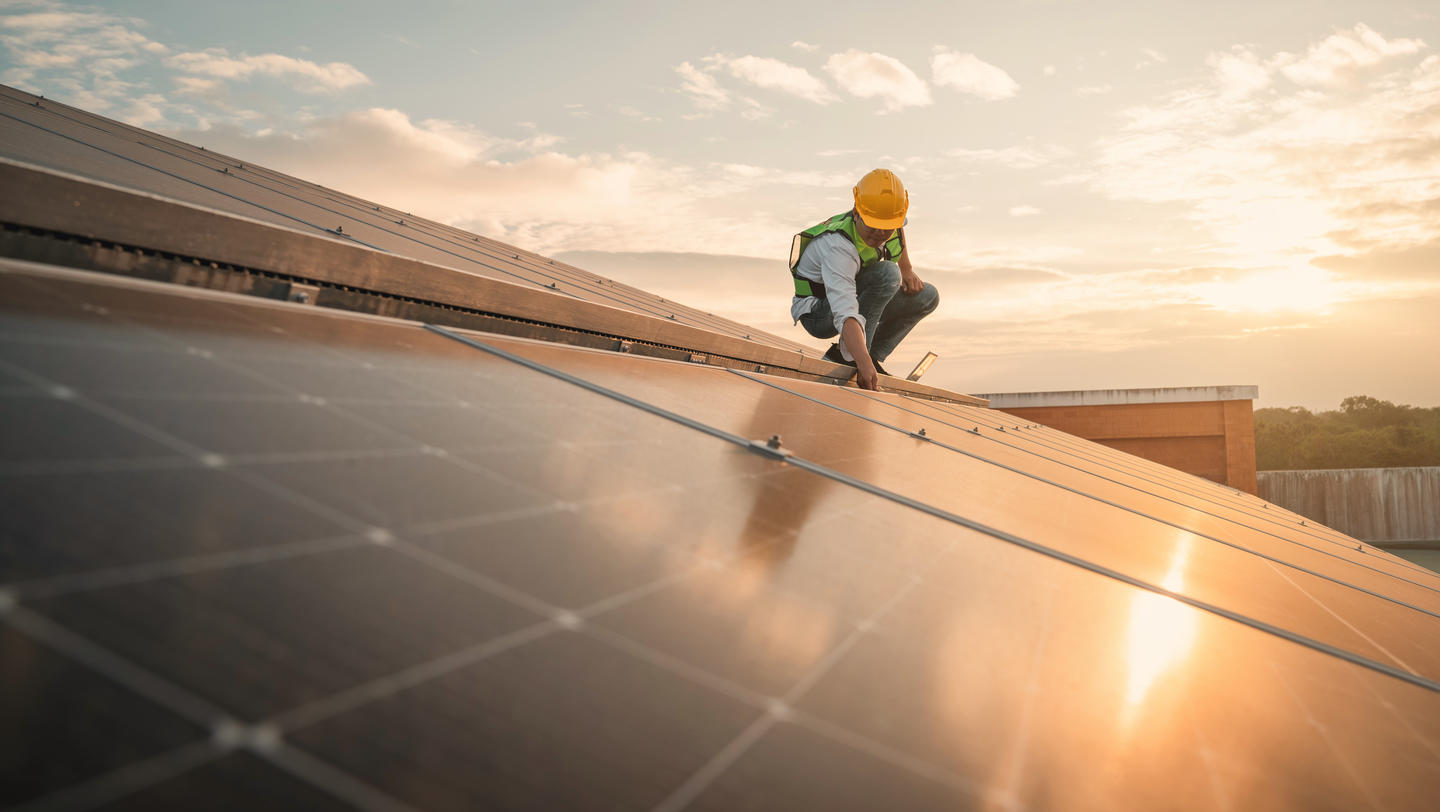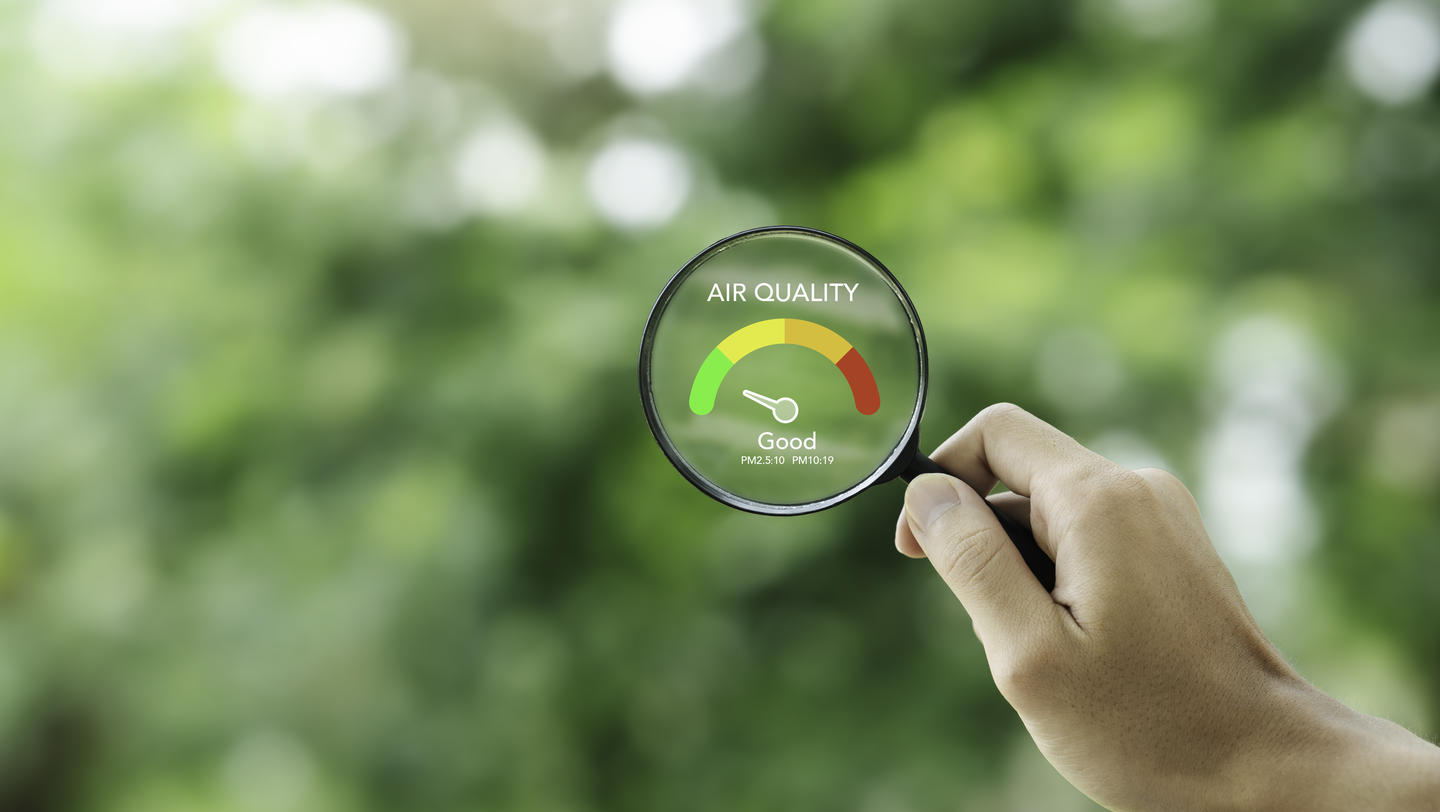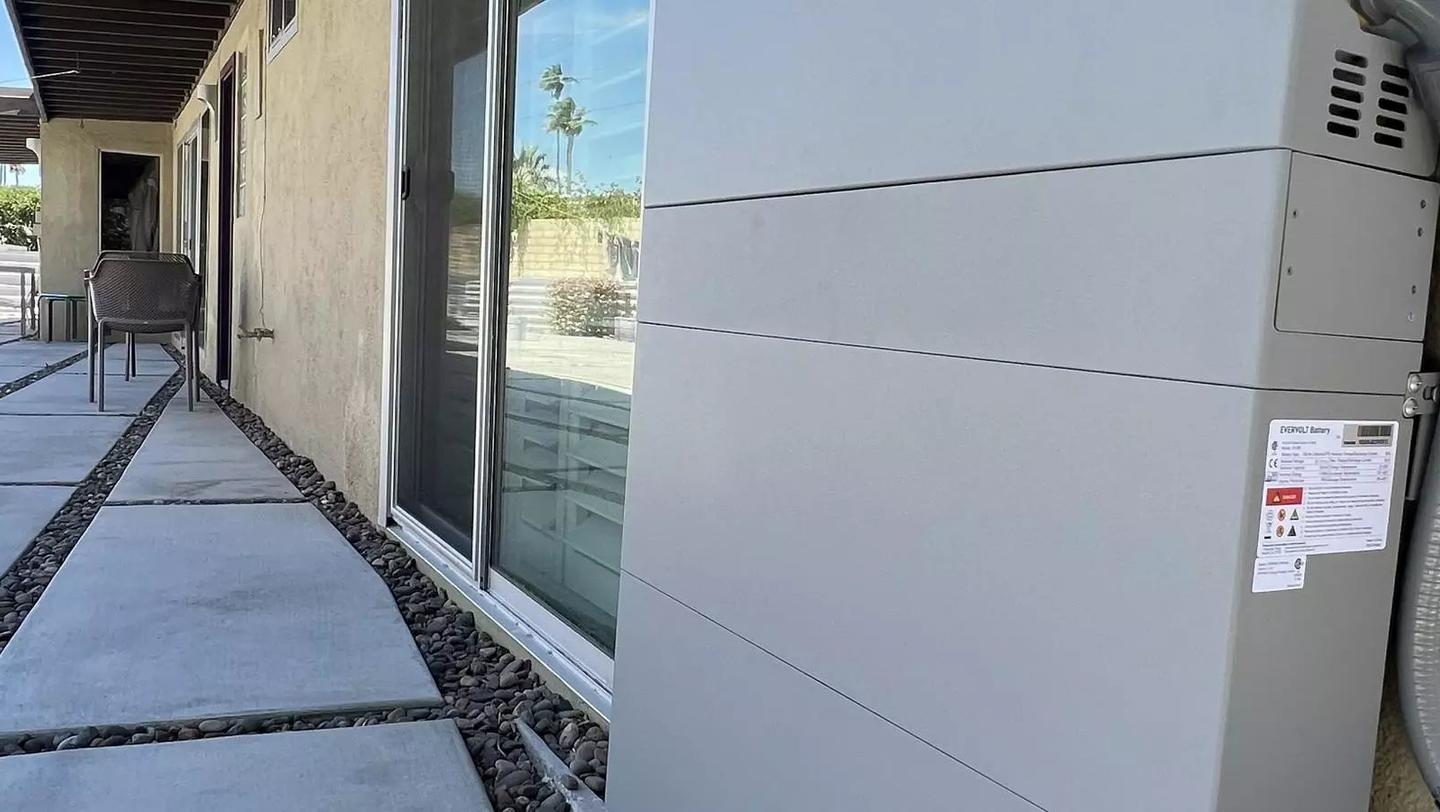Technology hits a restaurant icon

Technology hits a restaurant icon
5 minutesRoute 66 was constructed to address a need created by an emerging technology: the rise of the auto in the United States. When completed in 1926, the highway gave motorists quick passage (at the time) from Chicago to Los Angeles. This transportation shift also gave rise to another innovation. In 1947, Red's Giant Hamburg in Missouri opened the first drive-thru window so customers could pick up their food without leaving their car.
This year the drive thru turns 70, and its influence on the food business is staggering. Americans made 12.4 billion trips to the drive thru in 2016, according to a QSR magazine study, which said that quick service restaurants routinely generate 60–70 percent of their business through the outdoor lane. McDonald’s alone reported that the drive thru accounted for 70 percent of its U.S. sales last year.
Driverless cars, mobile and automation
Tech continues to shape the drive-thru with the biggest changes yet to come. One force is the auto industry. By 2030, around a quarter of all miles driven in the U.S. could be in shared autonomous electric vehicles, according to research. Already technology providers are looking at ways driverless cars could change the food business. More immediately, mobile communications, and automated supply chain advances are spurring shifts.
Forecasting food’s future tech
At September’s FSTec restaurant industry food show, where I delivered a keynote presentation on integrated solutions shaping food service, audience questions covered everything from mobility to connected kitchen strategies. Here are a few ideas.
Ever approach the drive-thru in the middle of a rainstorm? You and everybody else. At America’s drive thrus, bottlenecks are often inevitable, and companies are introducing technologies to serve customers what they want when they want it.
Innovation at Habitat Burger Grill
A few years ago, a chargrilled burger from The Habit Burger Grill, a nationwide fast-casual restaurant concept that specializes in fresh ingredients, was named the “best tasting burger in America.” To accommodate growing interest in its food, The Habit Burger Grill opened drive-thru windows.
To handle the numbers of people who want to use the outdoor lanes, the company introduced a careful mix of planning and technology. It turned to Panasonic Toughbooks to take orders from customers while they wait in the drive-thru line. This gives restaurant employees multiple points to take orders instead of relying on the traditional microphone and menu setup. By having employees move up and the down the line while cars wait, ordering and drive-thru pickup is faster.
DQ’s experience
In Texas, select Dairy Queen restaurants have moved toward putting the entire ordering process into customer’s hands. By providing Panasonic’s solution for self-service touch-screen kiosks, the company has put the power to fully customize orders directly into the hands of their tech-savvy customers. Now customers can place and pay for their orders on self-service kiosks. This frees up staff to more quickly complete orders.
For many food franchisees, profit nirvana is the connected kitchen, which links technologies in the front of the house—including drive-thru windows and kiosks—to automation systems in the back. Robotics is one area garnering excitement. More immediately, tech companies are leveraging other forms of automation—such as algorithms and artificial intelligence—to create solutions to repetitive tasks, like predictive maintenance on a deep fryer so food oil is ordered and changed just in time.
For more on how technology is reshaping the restaurant business, read The Future of the Drive Thru: Overcoming Choke Points.











